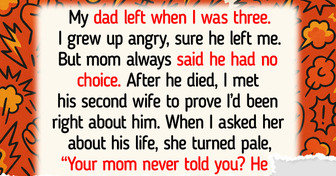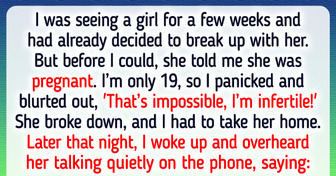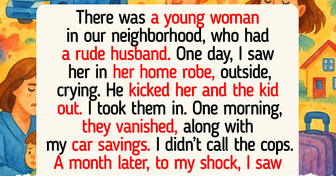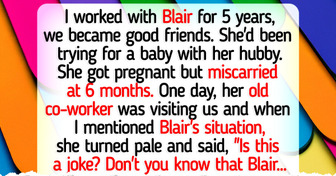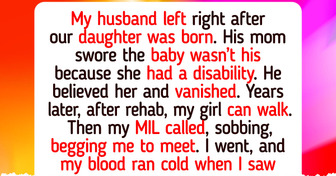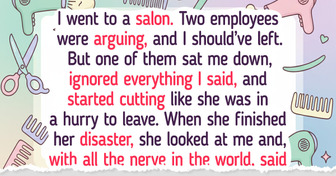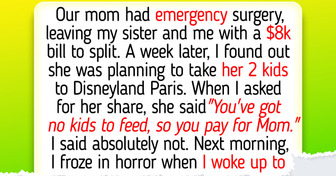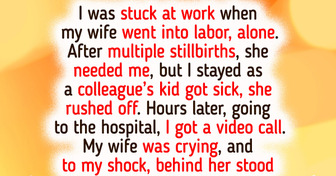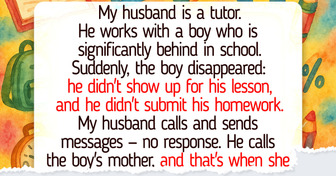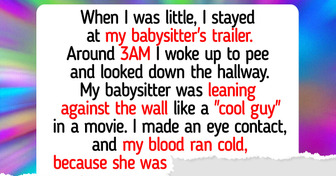10 Body Language Cues That Could Help You Read People
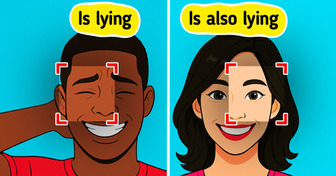

Our body language reflects our inner emotions. The unconscious movements, gestures, and postures we display can reveal much about our emotional state. In essence, our body often exposes what we’re feeling. Understanding these habitual responses is crucial, as it allows us to be more self-aware and improve our control in communication.

A smile can convey a wide range of emotions, from happiness and shyness to affection and sarcasm. The Duchenne smile holds particular significance; it’s a genuine expression of happiness, where the mouth curves upwards and the eyes narrow, creating noticeable wrinkles. This type of smile is recognized as authentic, in contrast to a fake smile, which typically just shows the teeth.
The phrase “smiling with your eyes” isn’t without reason; it’s the eyes that often reveal true emotion. People with an authentic smile appear more approachable and have a positive demeanor.
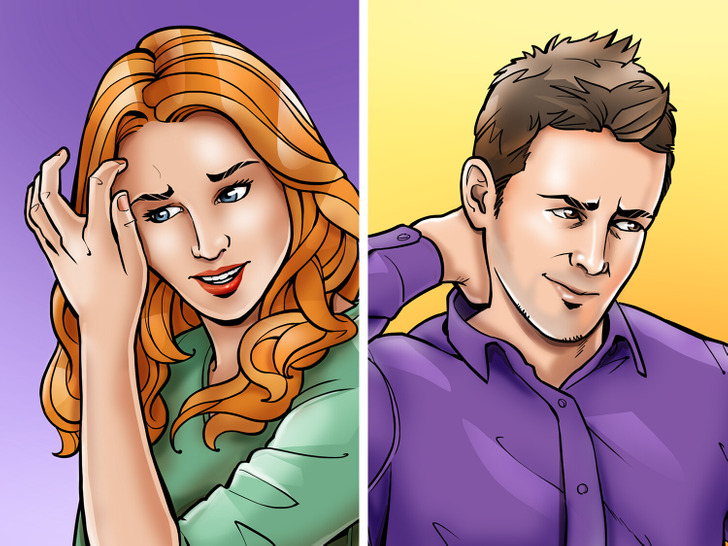
In films and television, hair twirling is often depicted as a flirtatious gesture, particularly when someone is making eye contact with you. However, in different contexts, like during a job interview, the same movement can be seen as a sign of nervousness, excitement, or discomfort.
Rubbing the neck is another common reaction during moments of stress or insecurity. This gesture, which is often unconscious, is especially common among men as a way to self-soothe. It is linked to the vagus nerve’s activation, which helps slow the heart rate and promotes a sense of calm. Frequent neck rubbing can indicate a tendency toward being critical or anxious. Recognizing these nonverbal cues is important, as they can reveal a lot about a person’s emotional state, even when their words suggest otherwise.

When someone keeps their hands in their pockets, it often suggests inner discomfort, lack of interest, or an attempt to conceal their emotions. This action can hinder open communication and may lead to a sense of distrust. Psychologists point out that visible gestures promote connection, while hidden hands tend to make interactions feel less engaging.
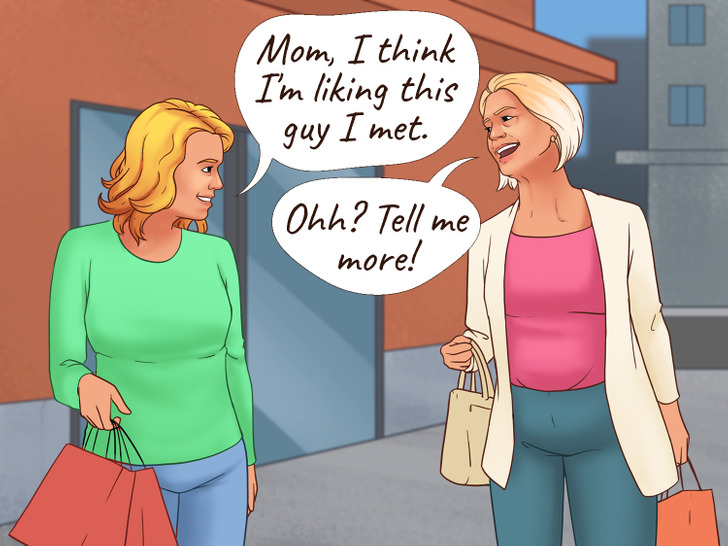
Tilting the head to one side is commonly seen as a gesture of attentiveness and genuine curiosity towards someone. It can also signal focused concentration, as the person tries to better comprehend what is being said.
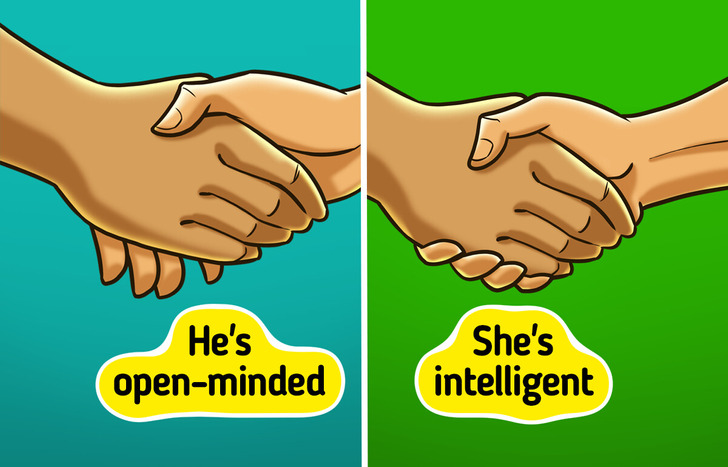
A strong handshake is often seen in extroverted individuals who are confident and open to new experiences. Generally, men tend to have firmer handshakes than women. Among women, a firm handshake is linked to qualities like openness and intelligence, while for men, the opposite is true: those who are more open-minded tend to offer a gentler handshake and leave a lesser impact.
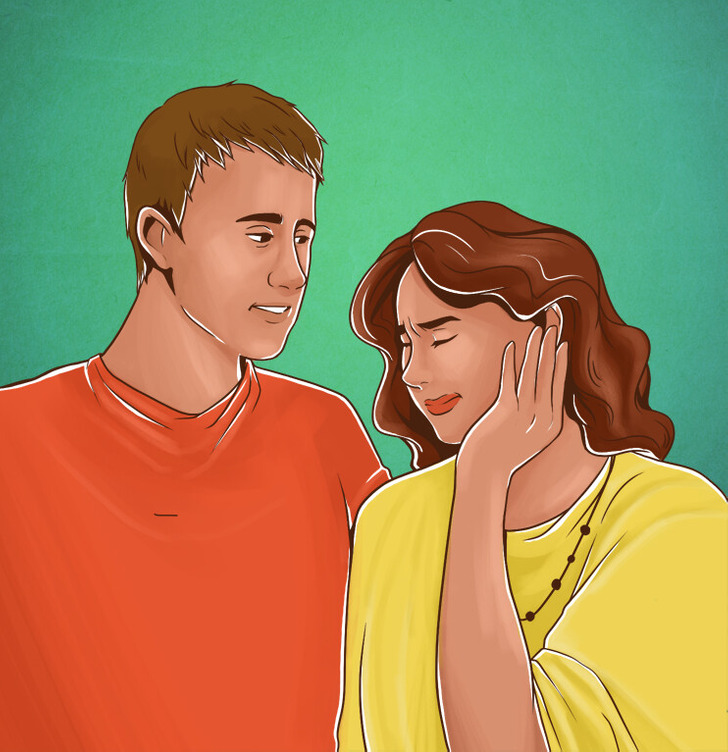
When someone pulls on their ear, it typically indicates inner conflict or difficulty in making a decision. This action is often seen as a sign of hesitation or doubt, particularly when it’s apparent that the person is reluctant to make a choice immediately.
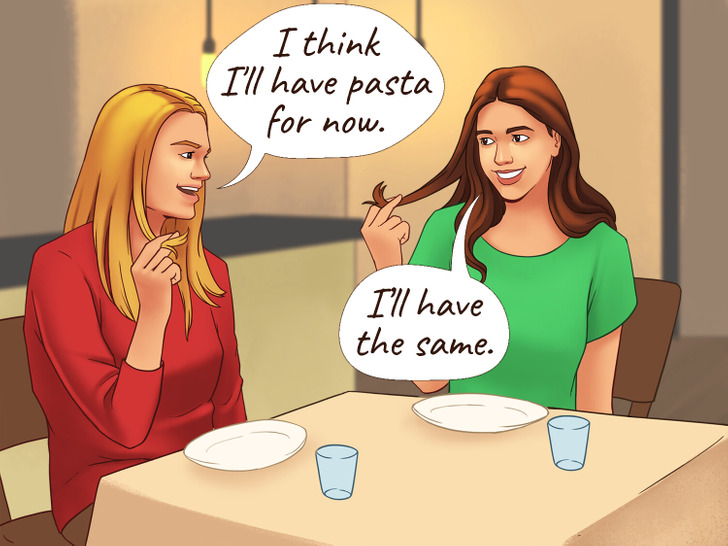
Mirroring, or the chameleon effect, occurs when you unconsciously imitate the gestures, posture, or facial expressions of the person you’re interacting with. This behavior often happens with people you feel a connection to, and it can enhance mutual understanding. The chameleon effect fosters stronger relationships and trust. In fields such as counseling or sales, it’s deliberately used to enhance communication and strengthen connections.
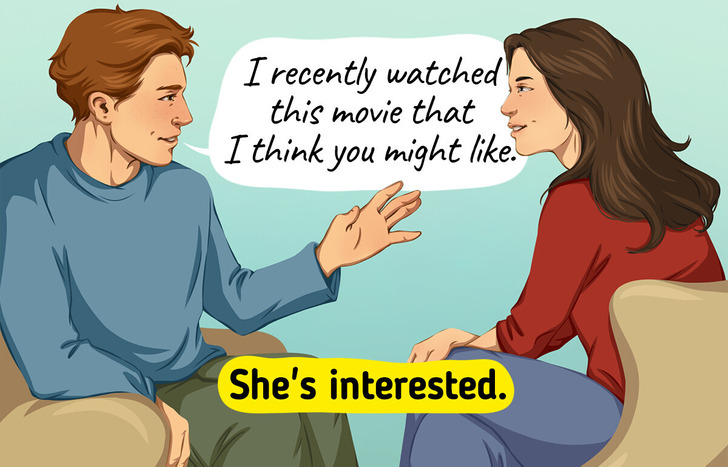
Maintaining eye contact is key to building trust and comfort during a conversation. When speaking with strangers, it’s helpful to hold their gaze for about 3 seconds to prevent any discomfort. As the relationship grows, eye contact becomes more natural and can last longer. It also indicates interest and engagement.

Laughing together is a powerful sign of connection, openness, and mutual understanding. Even a joke that isn’t particularly funny can help people bond if they share a laugh.
Social psychologist Sara Algoe explains that, “For people who are laughing together, shared laughter signals that they see the world in the same way, and it momentarily boosts their sense of connection.”
Body languages may be confusing so are these illusions that left people confused.

